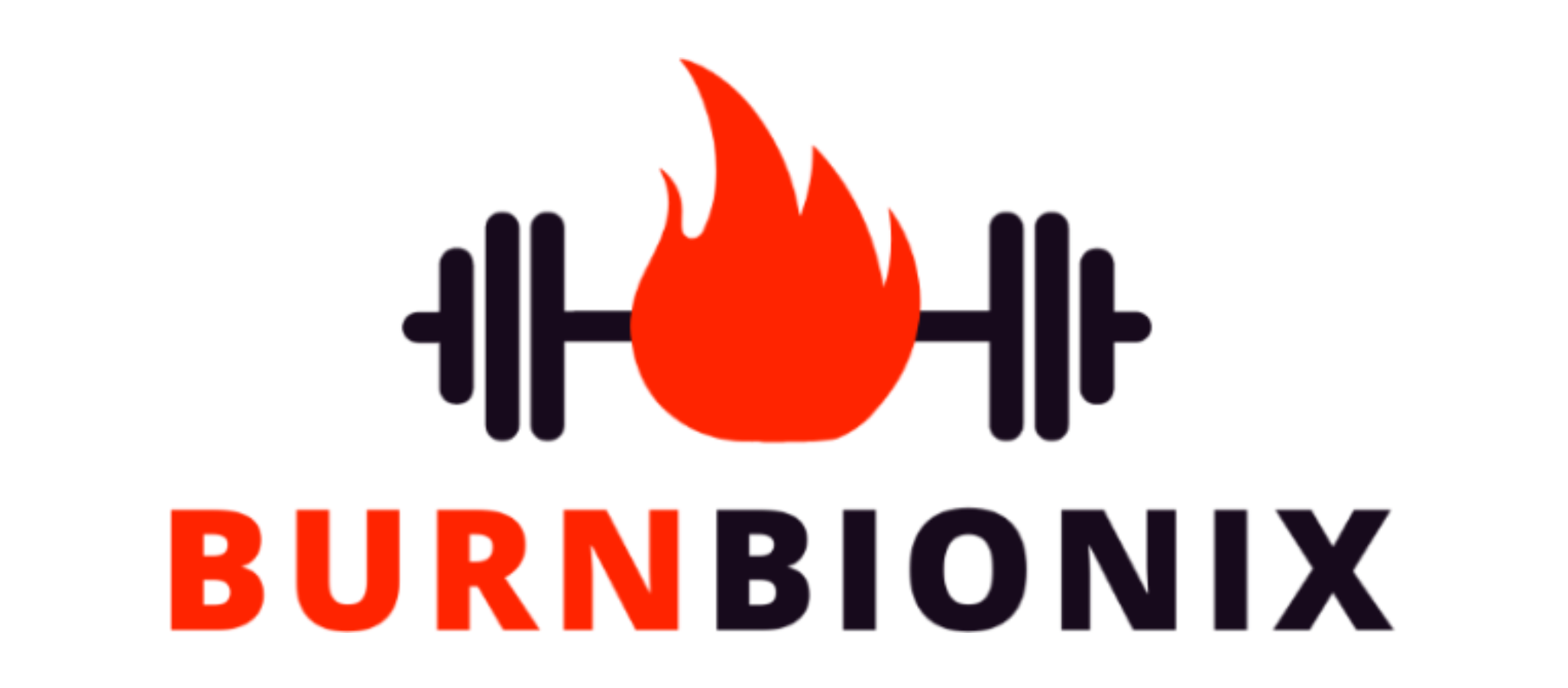Lateral raises are a key strength training isolation exercise targeting the lateral deltoid muscles to build width in the upper body for the desired “V” shape. By isolating the side deltoids, lateral raises round out the shoulders for a broad, strong aesthetic. The motion also engages smaller supporting muscles for added stability. When programmed correctly, lateral raises can sculpt impressive shoulders. This article will cover proper form, tips, benefits, creative variations, and programming lateral raises into workouts for results.
Proper Execution of Lateral Raises
To perform lateral raises with proper form:
Starting Position: Stand tall with engaged core, holding a dumbbell in each hand at your sides. Palms should face inwards, with the dumbbells slightly off the body not touching the legs. Maintain a neutral spine by avoiding excessive arching of the lower back.
Movement: Initiate the movement by engaging your shoulder muscles and lifting both arms out to the sides. Raise the dumbbells slowly up towards shoulder height in a controlled, fluid motion. As you lift, rotate your wrists so that the thumb side of your palm faces forward at the top. Lift only until your hands reach shoulder height – do not let the wrists extend higher than the elbows.
Pause: Once your arms reach shoulder height, pause briefly and squeeze your shoulder muscles at the top of the movement. Avoid shrugging the shoulders up. Maintain tension in the deltoids.
Return: From the top position, slowly lower the dumbbells back down towards your sides. Control the descent and do not allow the dumbbells to swing or touch the body.
Maintaining proper alignment, control, and muscle tension throughout the entire lateral raise motion is key for maximizing activation of the side deltoid muscles. Letting form slip can reduce effectiveness.
Tips for Effective Lateral Raises
Here are some top tips for performing lateral raises with proper technique:
Maintain Elbow Position: Keep a slight bend in the elbows throughout the movement. Locking out the elbows increases joint strain.
Avoid Contact: As you raise the dumbbells, do not let them touch the sides of your body at any point. Keep a space between the dumbbells and torso for maximum lateral deltoid activation.
Posture: Stand tall and refrain from excessive arching of the lower back as you raise the weights. Do not hunch or round the shoulders forward.
Positioning: Bring your arms slightly forward to about 20 degrees in front of your body rather than straight out to the sides. This safer positioning reduces strain on the rotator cuffs.
Mind-Muscle Connection: Use lighter weight and slow, controlled motions to really focus on squeezing and contracting the side delts through the full range of motion.
Appropriate Weights: Opt for lighter dumbbells that allow you to complete all reps with proper form. Going too heavy with lateral raises can cause you to swing the weights and use momentum.
Form First: Always prioritize flawless technique over simply moving more weight. Perfect your form before considering a load increase.
With these form tips in mind, you can maximize the effectiveness of lateral raises for sculpting stronger, more impressive shoulders.
Benefits of Dumbbell Lateral Raises
Incorporating dumbbell lateral raises into your training provides numerous benefits:
Muscle Growth: Lateral raises boost hypertrophy and growth of the lateral deltoid muscles for wider, rounder shoulders when performed correctly and consistently.
Joint Health: The controlled motions enhance shoulder joint stability, mobility, and flexibility. Lateral raises can help improve range of motion and support overall shoulder health.
Strong Shoulders: Over time, progressive overload by incrementally increasing weight builds stronger, more resilient shoulders capable of heavy lifting.
Balanced Growth: Targeting the lateral delts addresses muscle imbalances caused by frequent pressing moves, promoting symmetrical development.
Injury Prevention: Strengthening smaller shoulder muscles with this isolation exercise helps stabilize the shoulder joint, reducing risk of injuries. Proper posture is also reinforced.
With all of these benefits combined, it’s clear that lateral raises deserve a place in any well-rounded strength training routine for the shoulders. Don’t overlook this small muscle exercise – it delivers results when executed with care and consistency.
Variations to Spice Up Your Routine
While the standard dumbbell lateral raise is effective, don’t be afraid to spice up your shoulder workouts by trying these creative variations:
Versatility: Take advantage of the many possible variations for diverse stimuli. Alter hand positioning, tempo, unilateral vs bilateral, body position, range of motion, and more.
Equipment Options: Use kettlebells or barbells instead of dumbbells, or leverage lateral raise machines at the gym. Cables are another option.
Unilateral Performance: Perform lateral raises one arm at a time, providing a greater stability challenge. Or alternate arms between reps.
Body Positions: Opt for tall kneeling or half kneeling positions to reduce lower back arching, or do them seated.
Tempo Variations: Slow down the concentric and eccentric phases, such as lifting for 3 seconds and lowering for 3 seconds.
Partial Range of Motion: Only raise halfway up or focus just on the top portion of the movement.
Static Holds: Hold extended arms at shoulder height for time.
Band Resistance: Attach bands ABOVE hands for constant tension.
Varying your lateral raises keeps the shoulders guessing, providing complete development. Program new versions regularly for continued results.
Programming Lateral Raises in Your Workouts
To fully reap the benefits of lateral raises, strategically programming them into your training split is key:
Frequency: Aim to perform lateral raises at least twice per week for adequate strength and hypertrophy development. The shoulders respond well to higher frequencies.
Placement in Routine: Lateral raises are versatile and can be incorporated in several ways:
- As a warmup exercise to activate the shoulders
- As a main shoulder workout paired with overhead presses
- At the end of a shoulder workout for an extra burnout
- After completing compound shoulder exercises to isolate the delts
Exercise Order: For optimal results, program lateral raises after larger compound movements such as shoulder presses or rows. This allows you to target the lateral delts when they are pre-fatigued.
- Rest Periods: Take 1-2 minutes rest between sets to allow full recovery for maximal reps.
Fine-tuning your lateral raise programming optimizes their benefits. Prioritize form, sufficient frequency, and intelligent exercise order for more effective shoulder training.
Final Thoughts
Lateral raises deserve a spot in any well-rounded training program targeting bigger, stronger shoulders. When performed with proper form, appropriate weight selection, and good programming, lateral raises sculpt impressive shoulder width and support overall upper body development.
This isolation exercise builds the smaller deltoid muscles often neglected on pressing moves. Take the time to perfect your form, control the motion, and develop that coveted mind-muscle connection. Experiment with creative variations to keep your shoulders guessing. Prioritize sufficient frequency for optimal results.
While lateral raises require lighter weights, they deliver powerful shaping and strengthening effects. Combined with overhead presses and rows, lateral raises help build the sturdy, resilient shoulders you want. Keep optimizing your programming and technique to keep seeing results. With dedication to this move, you’ll be on your way to an enviable upper body!









